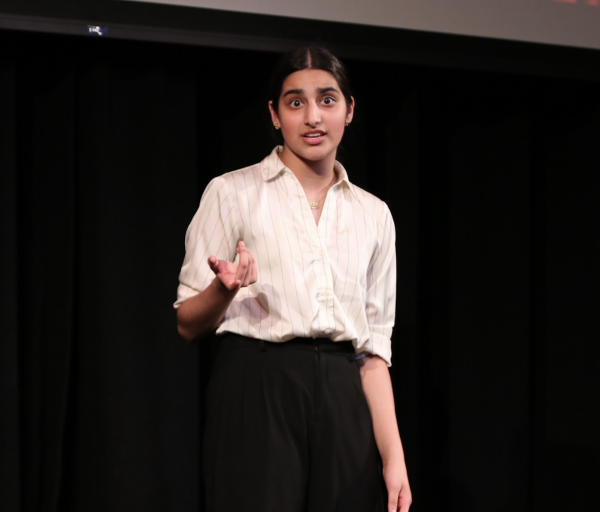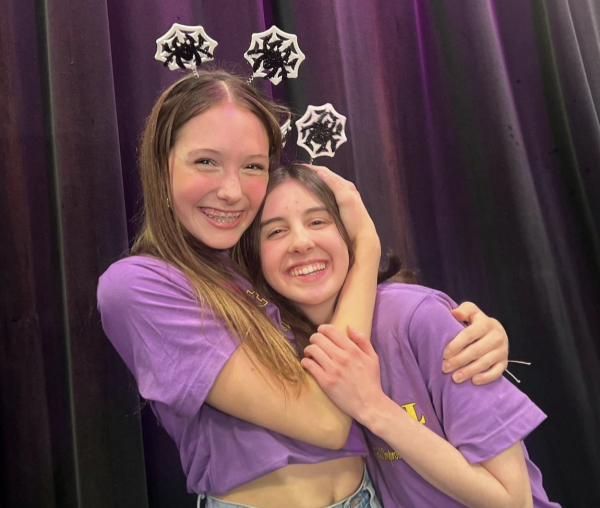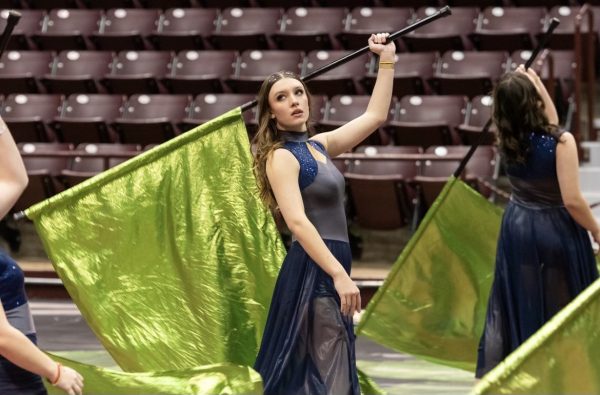society on social media
the relationship between social media, suicide prevention
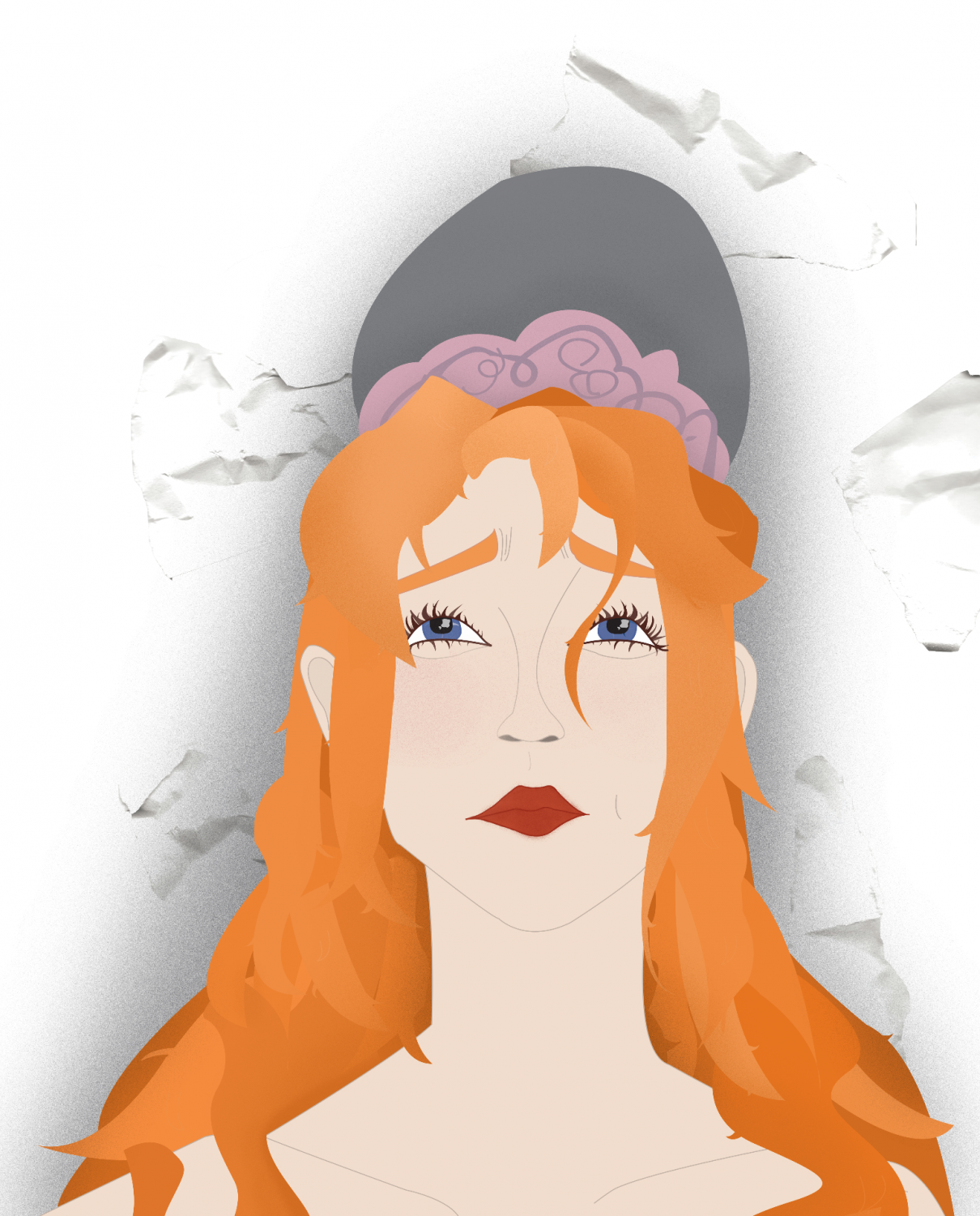 Suicide Prevention is a prevalent topic surrounding high school students, especially with September being National Suicide Awareness Month. With the use of social media spreading suicide awareness, users of these platforms are exposed to many factors that contribute to their thinking pattern.
Suicide Prevention is a prevalent topic surrounding high school students, especially with September being National Suicide Awareness Month. With the use of social media spreading suicide awareness, users of these platforms are exposed to many factors that contribute to their thinking pattern.
Some experts and students at Blue Valley shared their stories about their experiences with suicide. Read on to learn more.
Experts’ Opinion
In a world full of false information and glorification of dark topics, education over these subjects about mental health and suicide is more important than ever. A few of The Tiger Print staff members attended a Johnson County Mental Health Center Hosts Panel on the “recommendations for reporting on suicide” in August to listen to leading mental health experts discussing the role media plays in suicide prevention.
The first to speak was Bonnie Swade, founder of Suicide Awareness Survivor Support Missouri and Kansas (SASS MoKan). She started the conversation by mentioning how using the wrong language about a suicide in the media is hurtful to the family and others.
“People use to say somebody committed suicide. It goes back to the days when people were committed to insane asylums,” Swade said. “Say someone died by suicide or they took his or her life. Don’t use the words like a successful suicide, an unsuccessful or a failed attempt.”
In the middle of the panel, table sat doctor Carla Counts Allan, Ph.D., director of ADHD programs at Children’s Mercy-Kansas City. She aid when having discussions on suicide prevention through social media as well, people should be cautious of the words they use; nevertheless, these apps need to bear some responsibility for their content.
“I really am worried about how often teens might see details that aren’t meant for other people’s eyes in a very short period of time,” Allan said.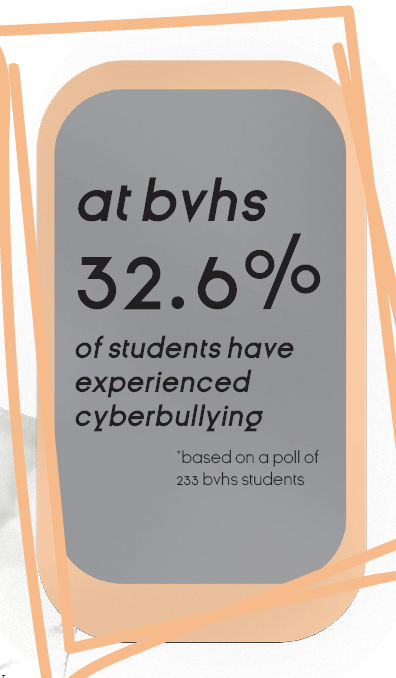
Despite this, the doctor said the apps can help provide a chance for families to have a real exchange of views about suicide prevention.
“It can spark a conversation, a real dialogue within our homes and with people who are well-intentioned and there to provide a social connection,” Allan said.
A man named Tim DeWeese, the director of Johnson County Mental Health Center, said while social media can bring communication to suicide prevention, having an authentic human relationship is important for a more wholesome mental health.
“Despite the fact that we are the most technologically advanced society in world history, we are more disconnected than ever before,” DeWeese said.
The youngest out of his fellow panelists, Rory Swenson, #ZeroReasonsWhy Teen Council member favored DeWeese and said there are certain ways to approach teens about suicide that differentiates from adults.
“Reach them through natural support instead of through the media,” Swenson said. “It’s important that they have someone that’s discussing with them in their school directly.”
Revolving back to the traditional media, Swenson mentioned what is beneficial when covering a death by suicide.
“The method, the purpose, the note, etc. –— that’s not important to the suicide or what [the media should] portray,” Swenson said. “It should be portraying a positive outreach [and] the community’s response.”
In accord with Swenson, DeWeese said the intricacies of how someone took their life is traumatizing to the people that were closest to the person.
“When we talk about a death by suicide, we’re following that with what help is available and what options exist,” DeWeese said.
Not only should the media depict the community’s response or resources available, but Swade said it should also be focused on the individual who died by suicide.
“It is more important to highlight what the person did in his or her life, their work and how they interacted with their family,” Swade said. “Their death only took a few minutes, and [they] had a lot of life before that.”
Student Experience – Danielle Berrigan
After her parents divorced, senior Danielle Berrigan went into a tunnel of depression.
“I felt isolated until the end of freshman year and [throughout] that time I was getting worse,” Berrigan said. “I was developing suicidal thoughts.”
Struggling with body image, Berrigan said looking on social media as a middle schooler hurt her mental health.
“I saw people who were unrealistic, and I didn’t love myself anymore,” Berrigan said. “That’s not what a sixth grade kid [should] be thinking.”
Berrigan was bullied on social media, most of the time by people she knew.
“It was my friends who were underhandedly [cyber]bullying me,” Berrigan said. “I felt like I couldn’t get out of that. That’s what a lot of people feel — that mentality that I’m not good enough.”
Berrigan has noticed a decrease in the use of social media among teenagers.
“A lot of my friends who have dealt with [mental health] don’t have social media anymore because it’s sometimes a toxic environment for them,” she said.
While Berrigan knows social media is not for everybody, she’s seen several influential people talk about mental health using apps like Instagram or Twitter.
“I admire the people who use their platform to show others that it’s OK to be struggling,” Berrigan said. “Self awareness is really important for people in social media to have, especially if you have a big platform like influencers.”
Despite not using social media for support, Berrigan did use BV’s resources.
“I’ve talked to my counselor [Greg] Curran and my teachers; we also have a school psychologist, [Nalaina Baker],” Berrigan said. “I have seen in the halls posters up for people who need help. Everyone at our school is very aware, and they’re not afraid to put that out there.”
Another school resource Berrigan mentioned was a class she was invited to last semester called Reconnecting You.
“It is about having a couple of kids in this class, sitting there, listening to each other’s problems, learning to understand and communicate with each other,” Berrigan said. “Not only [did I] get so much out of it, but I was able to help other people.”
After overcoming her own self-harm, Berrigan has made it her mission to aid others going through similar struggles.
“I had a really good friend who killed themselves — I wasn’t able to be there for them and it’s not because of me, but because they wouldn’t let me in,” Berrigan said. “I always try to be there for the people who will let me in. I do everything I can.”
Berrigan said the reason why mental health and suicidal thoughts are not talked about enough is because of the stigma behind it.
“If [past generations] had a problem, they didn’t talk about it; if they didn’t feel all right inside, they just moved on or suffered in silence,” she said. “When I told my mom I was depressed, she was like, ‘Oh, just get better. It’s fine.’ She’s definitely changed since then.”
Berrigan said times have changed when it comes to mental health, and a way to see that document of change is through social media.
“I guarantee you at least one person you know has been [affected by] depression or suicide — maybe you don’t know it, but they are,” Berrigan said. “We’re getting to that point on social media where we are trying to increase positive behaviors rather than becoming more negative.”
Student Experience – Noah Clayman
This past May, junior Noah Clayman’s mother took her own life. In the past, her family has dealt with mental health.
“When [my mom] was seven her Dad was in Vietnam, and when he came back, he [died by] suicide,” Clayman said. “I don’t think she ever got treatment for that.”
Clayman’s mother was put on medication but eventually stopped taking it.
“She didn’t want to take it because it made her gain weight,” Clayman said. “All these things happened, and it just got worse overtime. Then, in 2016 my parents got divorced.”
After the divorce, Clayman and her family started to part away from her mother.
“[My sister], Jada and I never wanted to be with her, but Jada was always close with her,” Clayman said. “[Later], we ended up having to get a protection order against her because she was egging my dad’s car and doing teenage-like stuff.”
Every Passover, Clayman and her family go to her aunt’s house. This previous Passover, while Clayman, her father and sister were out, Clayman’s mother was seen driving around the area.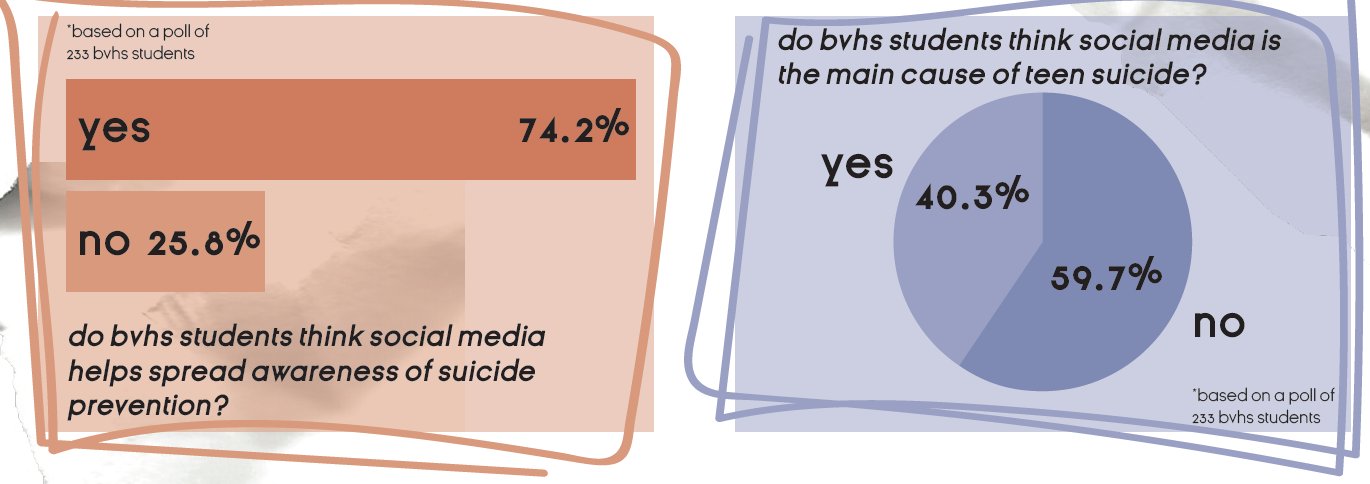
“She was posting suicidal things on Facebook. The police came and she was still alive, but they found homemade explosives in her car,” Clayman said. “They arrested her and then Friday, she was released on bail. The next week she was supposed to be at court in the morning and didn’t show up.”
That same morning, Clayman was told her mother attempted suicide.
“In my head, she was still OK — it was weird though, because my dad’s crying and my first reaction [was to] start laughing,” Clayman said. “I was just like I’m going to finish out the day but I didn’t. I went home during fifth hour.”
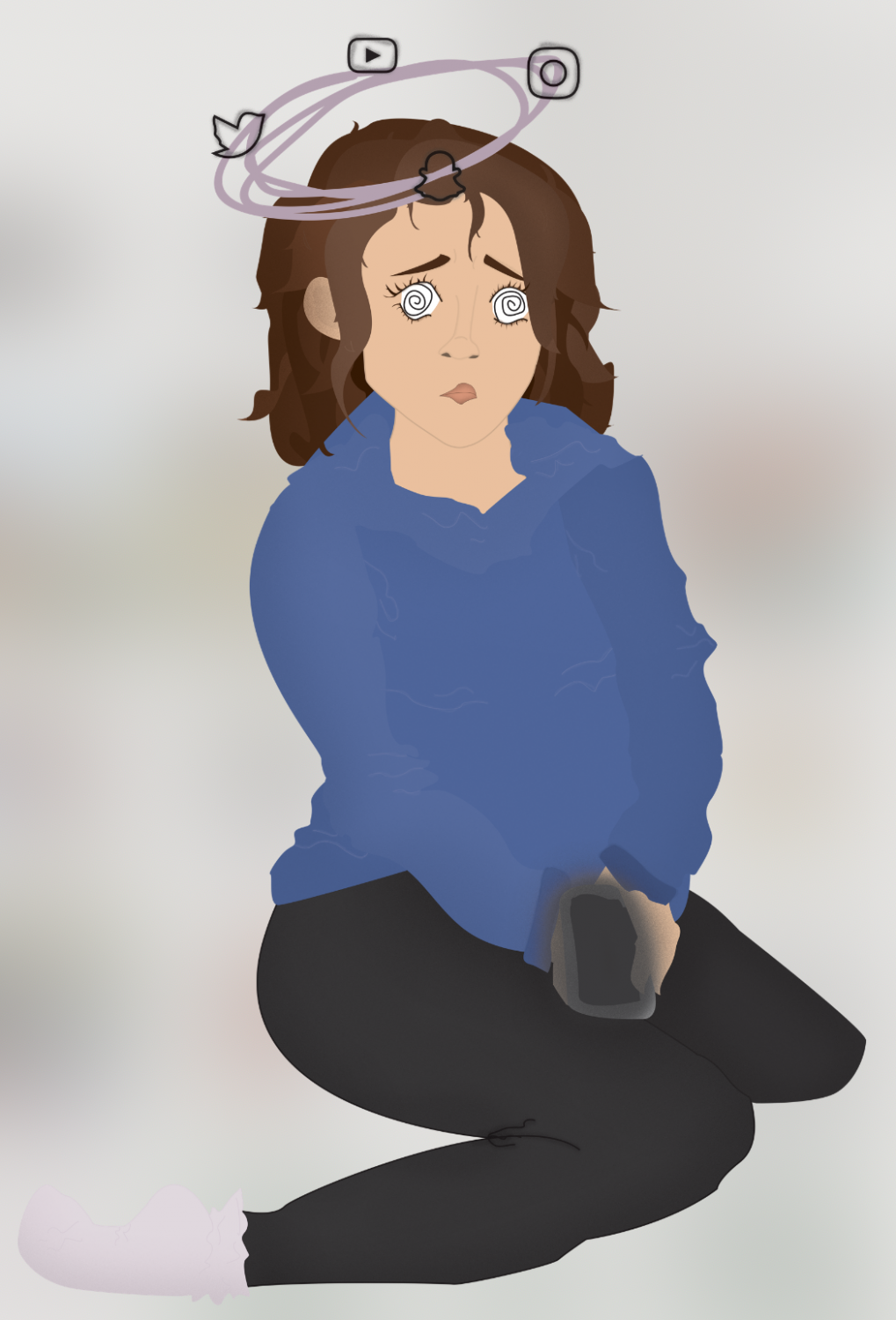 Later that day Clayman and her sister went to the hospital. Her mother had already passed away.
Later that day Clayman and her sister went to the hospital. Her mother had already passed away.
“We took our moments with her,” Clayman said. “It was weird. We spoke to her body like she could hear us so we could kind of get closure.”
Because they weren’t close, many ask Clayman if she regrets her lack of relationship with her mother.
“I remember my mom saying that she was going kill herself if she ever got put in jail,” Clayman said. “We could have written her a letter, I just didn’t have time because of school, but Jada did. Jada has always asked if I regret it and I don’t. Some people find that weird, but it’s like, what can I regret? She was going to do it either way.”
Clayman said her mother was on the social media app, Facebook all the time, most of the content containing mean or hateful messages.
“The last thing she posted was a picture of this girl walking and there was quotes over it,” Clayman said. “It said, ‘you can’t control everyone’s negative behavior, but you can control how long you participate in it.’ I just always thought that she took that the wrong way.”
Clayman said her opinion on the relationship of social media and suicide depends on the age group and individual.
“I don’t think social media facilitated [my mom’s] decision to [take her own life], but it also was a way for her to vent about her problems even though it wasn’t healthy,” Clayman said. “Social media can be beneficial, but it can also be very detrimental.”
As for Clayman, she said she used social media as a distraction but also to show people that they are not all on their own.
“Recently, I posted a picture of my mom and me when I was a baby,” Clayman said. “I wrote ‘you’re not alone [and] you can reach out to people.’”
Despite everything that has happened, Clayman said she was able to learn things through her mother’s death.
“I became able to realize I shouldn’t regret things,” Clayman said. “I try not to let the sadness swallow me and look in a positive light.”
Social Media Guidelines
 SNAPCHAT: Snapchat is an app that allows users to talk and share photos with other people around the world. Through it, users can send pictures and videos that disappear after opening. With that, nothing sent on Snapchat is permanent, so suicide notes posted by users only last for 24 hours. The app’s policy encourages users to report content indicating self harm, but it does not have a screening process. In the event that something does happen, the app has a policy that allows law enforcement to access accounts through a proper legal process.
SNAPCHAT: Snapchat is an app that allows users to talk and share photos with other people around the world. Through it, users can send pictures and videos that disappear after opening. With that, nothing sent on Snapchat is permanent, so suicide notes posted by users only last for 24 hours. The app’s policy encourages users to report content indicating self harm, but it does not have a screening process. In the event that something does happen, the app has a policy that allows law enforcement to access accounts through a proper legal process.
 TWITTER: The National Suicide Prevention Hotline has an account called The Lifeline(@800273TALK). The account is connected to the hotline, though it is not monitored 24/7. The account announces talks and panels and spreads awareness. Most tweets on Twitter are thoughts of the user. For some, Twitter acts as their suicide note. Twitter does not have a suicide note policy, but the app allows the family of the deceased to deactivate their loved one’s account. Some families want to keep the account alive as a memorial. Twitter does not allow for the removal of tweets — just the accounts.
TWITTER: The National Suicide Prevention Hotline has an account called The Lifeline(@800273TALK). The account is connected to the hotline, though it is not monitored 24/7. The account announces talks and panels and spreads awareness. Most tweets on Twitter are thoughts of the user. For some, Twitter acts as their suicide note. Twitter does not have a suicide note policy, but the app allows the family of the deceased to deactivate their loved one’s account. Some families want to keep the account alive as a memorial. Twitter does not allow for the removal of tweets — just the accounts.
INSTAGRAM:  Instagram has a policy against posting anything that promotes self-harm, and it censors certain hashtags. However, the app’s algorithm does not screen out all content. Instagram and other social media platforms are a way to connect and get support from other people. They provide a supportive community for users to express their problems. These sites also allow users to show pictures and connect over their pain, survival, and acceptance.
Instagram has a policy against posting anything that promotes self-harm, and it censors certain hashtags. However, the app’s algorithm does not screen out all content. Instagram and other social media platforms are a way to connect and get support from other people. They provide a supportive community for users to express their problems. These sites also allow users to show pictures and connect over their pain, survival, and acceptance.
 YOUTUBE: The past couple years, YouTube’s rules when it comes to suicide as been in the spotlight thanks to YouTuber Logan Paul. Back in 2018, the influencer published a gruesome video of a man who died by suicide in a Japanese forest. Since then, the company has changed some of its terms and agreements. While YouTube said they don’t discourage users from opening up about mental health, they stop at videos that glorify suicide, graphic images of self-harm and providing instructions as to how to self-harm or die by suicide.
YOUTUBE: The past couple years, YouTube’s rules when it comes to suicide as been in the spotlight thanks to YouTuber Logan Paul. Back in 2018, the influencer published a gruesome video of a man who died by suicide in a Japanese forest. Since then, the company has changed some of its terms and agreements. While YouTube said they don’t discourage users from opening up about mental health, they stop at videos that glorify suicide, graphic images of self-harm and providing instructions as to how to self-harm or die by suicide.

Claire Powell is a senior and is this year’s editor-in-chief. This is her third year on staff and according to her mom, she is a silly person. Though...
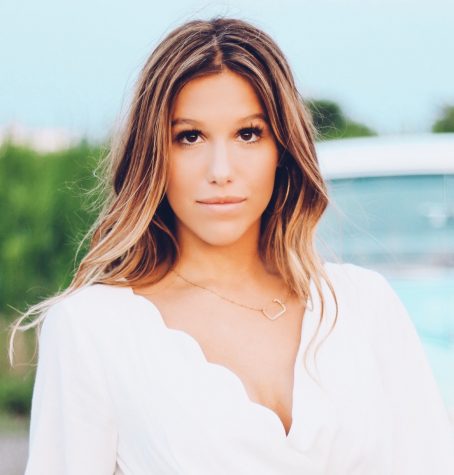
Chloe Browning is a senior and one of this year’s story editors. This is her third year on staff and she loves taking naps in the darkroom. Chloe...

Lizzy Parkerson is a staff member on “The Tiger Print.” She is new to the staff this year and looking forward to the experiences she will make. She...



